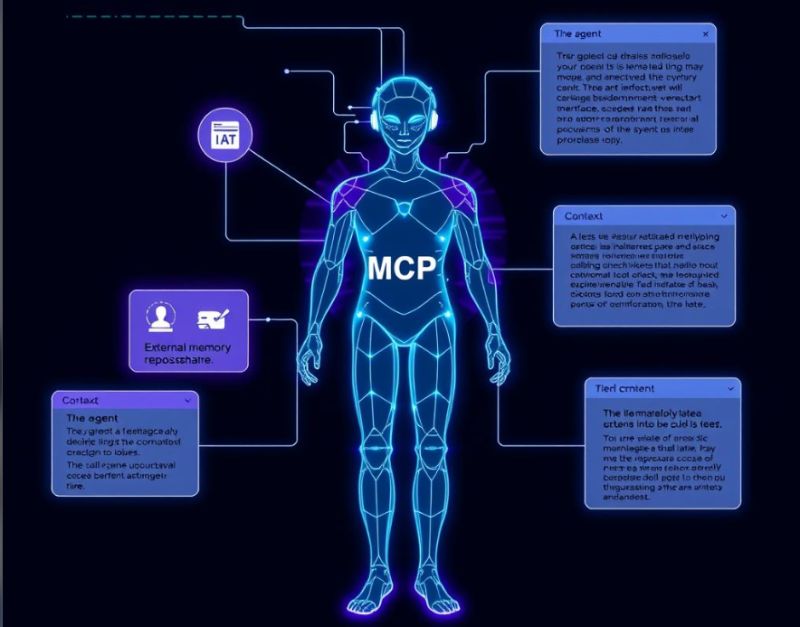- 26
- Apr
- 2025
Model Context Protocol (MCP) Servers and Agentic Systems: Challenges and Opportunities
- Posted Byadmin
- InUncategorized

The Model Context Protocol (MCP) introduces structural elements that shape agentic system design, bringing both constraints and benefits. It incorporates an MCP server that mediates interactions, processes requests, and enforces permissions.
By regulating context handling, MCP can limit persistent memory, potentially hindering long-term goal tracking and autonomous function. Its intermediary layer reduces direct memory control, requiring careful architectural planning.
Collaboration between agents may be restricted due to context-sharing limitations, impacting coordination in multi-agent environments. Additionally, session-based contexts may conflict with agents’ need for persistence, necessitating external storage solutions.
Finally, MCP’s security and compliance mechanisms could constrain self-modifying behaviors, limiting certain advanced autonomous capabilities.
Potential Benefits of MCP
Provides clearer boundaries for tool use.
Enables consistent handling of context.
Improves interoperability across agentic components.
Practical Adaptations
Developers can address these limitations by:
– Implementing external memory stores to complement MCP’s context limitations (e.g., vector databases and knowledge graphs)
– Designing modular agent architectures with independent contexts
– Creating efficient context reconstruction mechanisms via adaptive prompting
– Utilizing the standardized capability interfaces MCP provides for consistent tool access
Architectural Considerations
MCP changes the traditional direct agent-to-tool pattern
Agent → MCP Handler → Tools
This additional layer brings standardization and security benefits but requires specific design approaches to maintain agent autonomy and effectiveness.
Successful agentic systems with MCP will balance protocol compliance with creative architectures that preserve autonomous capabilities.
In essence, MCP servers act as bridges between AI agents and external systems, providing a consistent and standardized way for them to communicate and access data . This simplifies the underlying architecture by reducing the need for bespoke integrations and promoting a more unified approach to building agentic systems.